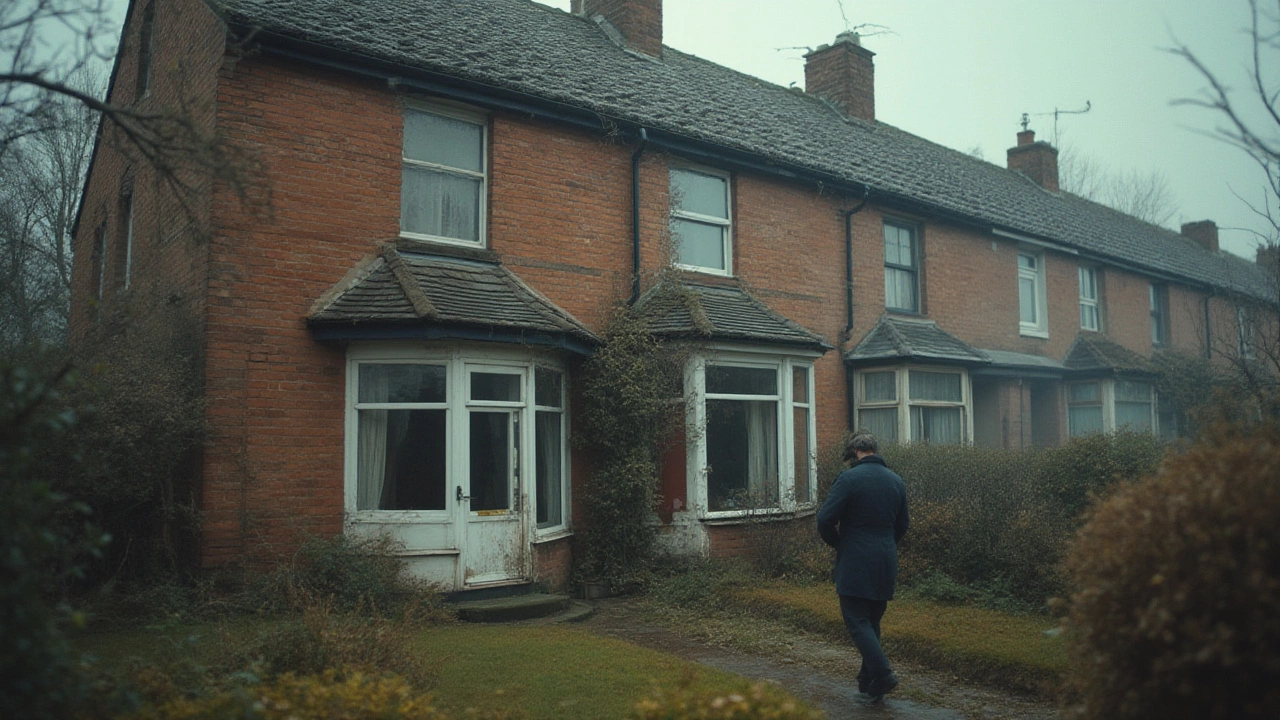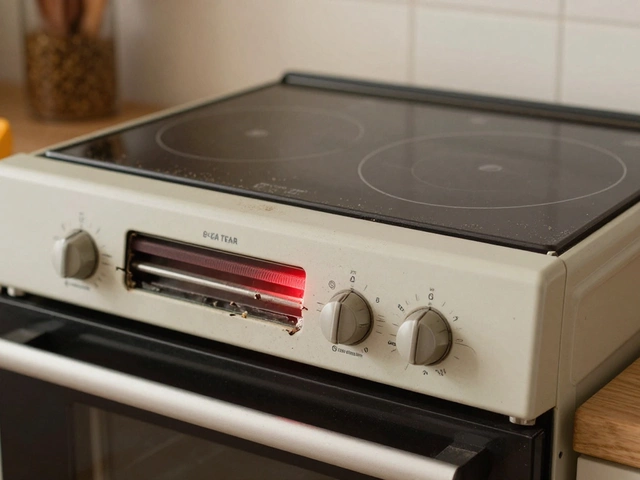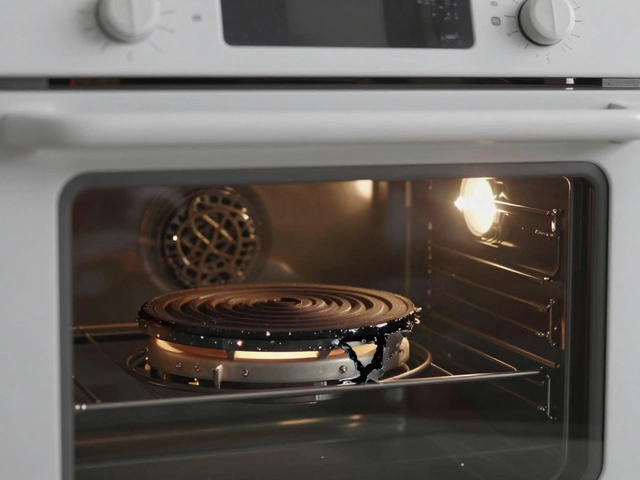Heating Safety: Protect Your Home and Family
When you think about Heating Safety, the set of measures that keep heating equipment from causing fire, burns or health hazards. Also known as home heating safety, it covers everything from installing a boiler correctly to checking gas lines for leaks. The concept also includes Boiler, a closed‑loop system that heats water for radiators or taps, Gas Appliance, any device that burns natural gas or LPG to produce heat and Carbon Monoxide, a colorless, odorless gas that can be deadly if it builds up indoors. Understanding how these pieces fit together is the first step toward a safe, efficient home heating system. Heating Safety isn’t a fancy term – it’s everyday actions that stop small problems from becoming disasters.
Why Boiler Care Is at the Heart of Heating Safety
A well‑maintained boiler is the backbone of a safe heating setup. Regular servicing catches worn seals, pressure drops, and corrosion before they cause leaks or explosions. Most manufacturers recommend a yearly check, but if you hear strange noises, see rust on pipes, or notice uneven heat, call a professional right away. Key attributes to monitor include boiler pressure (ideally 1–1.5 bar when cold), temperature settings, and the condition of the expansion vessel. When these values stay within range, the risk of overheating or even a burst pipe drops dramatically. The boiler’s safety valve, designed to release excess pressure, should be tested annually – a simple test that can save a home from water damage and costly repairs.
Beyond the mechanical side, the location of the boiler matters. It should sit in a well‑ventilated room, far from flammable materials, and with clear access for service technicians. Proper clearance reduces fire risk and ensures that combustion gases exit safely through the flue. If you’re installing a new unit, choose a model with built‑in anti‑freeze protection if you live in a cold climate; this feature prevents the system from cracking during winter freezes, another common safety snag.
For homeowners who enjoy DIY, there are a few safe tasks you can handle: checking the pressure gauge, bleeding radiators, and cleaning the external surface of the boiler to keep dust from clogging the vent. Never attempt to open the internal gas valve or tamper with the heat exchanger – those jobs belong to a Gas Safe registered engineer. By keeping the boiler in top shape, you make a huge contribution to overall heating safety.
Gas appliances demand the same level of attention. A faulty burner or a cracked hose can leak gas, creating an invisible fire hazard that can ignite with the slightest spark. The best practice is to schedule a gas safety check at least once a year. During an inspection, a qualified technician will look for signs of corrosion, test the flame quality, and ensure the appliance’s shut‑off valve works properly. Homeowners can also perform quick visual checks: make sure the appliance’s vent is clear, the igniter glows bright blue, and there’s no strange smell of gas after use.
If you ever hear a hissing sound or notice a sudden increase in your gas bill, treat it as an emergency. Turn off the main gas supply, open windows for ventilation, and call your gas supplier or a certified engineer immediately. Even if the appliance seems to work, a hidden leak can build up carbon monoxide – a silent killer that mimics flu symptoms. Installing a reputable carbon monoxide detector near each gas‑fired appliance adds a cheap, life‑saving layer of protection. Detectors should be tested monthly and the batteries replaced yearly; they’ll alert you long before dangerous gas levels peak.
Carbon monoxide monitoring ties directly into heating safety because it alerts you to incomplete combustion that could damage both health and equipment. Modern boilers often include built‑in CO sensors that shut the system down if levels rise, but older models rely on external alarms. When choosing a detector, look for one that meets BS EN 50291 standards and has a digital display for easy reading. Place detectors at least five feet above the floor and away from direct sunlight or drafts, which can cause false alarms. Remember, a CO alarm is only useful if it’s heard – keep the volume loud enough for every bedroom to hear.
Putting these pieces together – boiler upkeep, gas appliance checks, and carbon monoxide alerts – creates a solid safety net. It’s a network of habits that turns potential hazards into routine maintenance. In the posts that follow you’ll find real‑world examples: how to spot a failing boiler before it leaks, what to do when a hot water tap goes cold, and why you should never ignore a gas smell. Whether you’re a first‑time homeowner or you’ve been fixing ovens for years, the advice here applies to every heating system.
Now that you know the core elements of heating safety, scroll down to explore the detailed guides, troubleshooting tips, and cost‑saving advice that will help you keep your home warm without compromising on safety.


